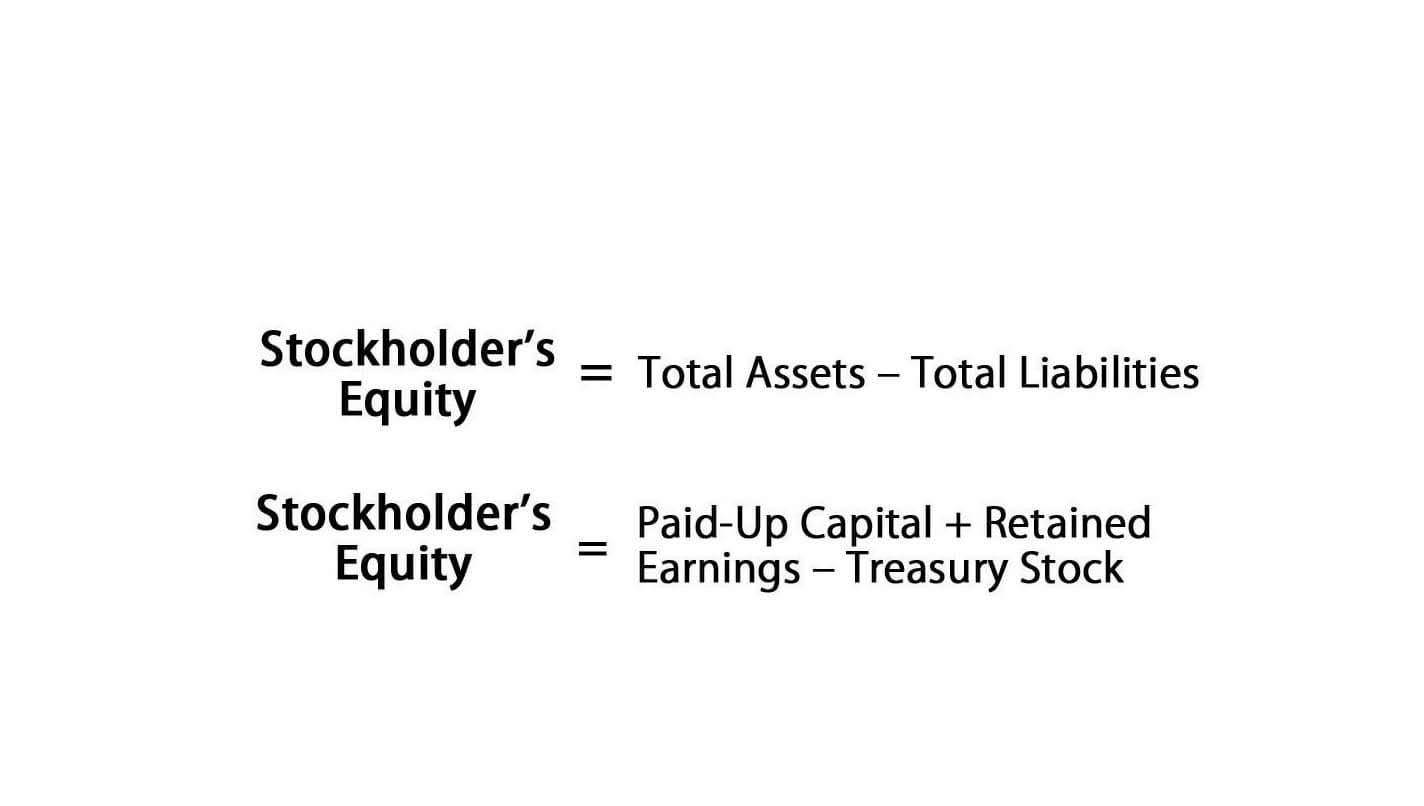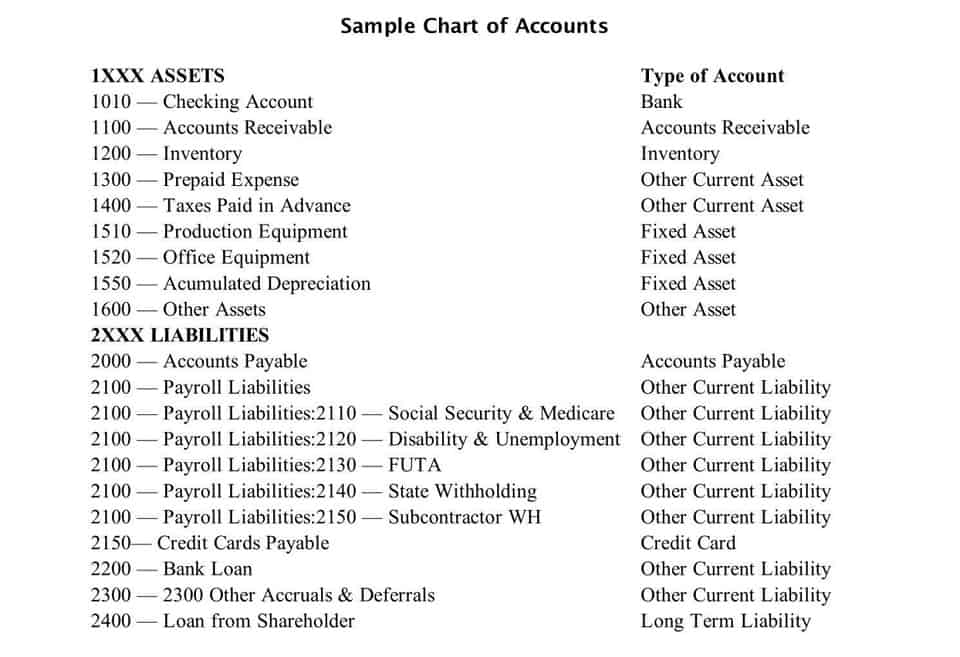
Think of it as having a GPS for your inventory, allowing you to pinpoint where each item is at any given time. Effective inventory management is crucial for any business that buys and sells goods. There are many inventory management techniques that can help you increase revenues, reduce costs and improve customer satisfaction. It’s important to test various techniques to find the best combination for you. Dropshipping is an inventory management technique that doesn’t require the seller to keep inventory items in stock.
Inventory accounting journal entries

Installing inventory tracking applications on your mobile phones allows you to manage stock levels on the go from anywhere, anytime. Inventory tracking refers to the processes involved in accounting for every piece of inventory being held in a storage space for the entire time that it is there. Inventory tracking gives you better visibility of your products, helps you forecast your future demand, and can even help you weed out errors before they become potentially bigger issues. Instead, you’re better off using an inventory management system that can simplify this process and make sure customers are refunded (and items are re-accounted for) within the shortest window. Even after a customer has completed checkout and their order has left your warehouse, there’s no guarantee that product is gone for good. Although returns are an unavoidable part of the ecommerce landscape, that doesn’t make them any less difficult to deal with.

Inventory tracking challenges
- Using the tools available to you and moving away from manual processes and into more mobile advancements, you should be an inventory management master.
- They can be incredibly user-friendly and allow for real-time results without the need for a computer station.
- Consider your customers’ expectations regarding product availability, order fulfillment speed, and accuracy.
- Some companies, such as financial services firms, do not have physical inventory and so instead rely on service process management.
- Having a robust system that is integrated with multiple channels and carriers, with accurate and timely information is essential.
- Tools such as inventory management software, predictive analytics, and cloud-based platforms can streamline operations, improve accuracy, and deliver a seamless online shopping experience.
Some products may experience seasonal spikes in demand, which can be difficult to predict accurately. Managing inventory during peak seasons requires careful planning inventory tracking methods and forecasting. ECommerce businesses may employ different fulfillment methods, such as dropshipping, third-party logistics (3PL) providers, or in-house warehousing.
Tips for Innovation and Online Inventory Management
For these reasons, inventory management is important for businesses of any size. Knowing when to restock, what quantities to purchase or produce, and when to sell and at what price can easily become complex decisions. Small businesses will often keep track of stock manually and determine the reorder points and quantities using spreadsheet (Excel) formulas. Larger businesses may use specialized enterprise resource planning (ERP) software.

A good amount may be stored with your supplier or even en route to you or your fulfillment warehouse or distribution center. This method involves using a computer https://www.bookstime.com/ program like Microsoft Excel to record and update inventory data. A barcode scanner reads the stored data and sends it to a database for processing.
- Furthermore, in industries subject to stringent regulatory requirements, such as pharmaceuticals or food and beverage, robust inventory tracking is essential for compliance and risk management.
- Barcode tracking is suitable for businesses with moderate inventory volumes seeking improved efficiency.
- Whenever there is a transaction (e.g., sales, returns, or new purchases), update your inventory records in real-time to avoid discrepancies and confusion.
- The largest corporations use highly customized software as a service (SaaS) applications.
- Ecommerce retailers can manually add SKUs to their Excel inventory management spreadsheet and then create columns for pertinent details like product quantity or descriptions.
- As the inventory tracking software is updated dynamically, it becomes easy to gain a real-time idea of the inventory at any time.
Certain products, like perishable goods or items with expiry dates, require careful monitoring to avoid selling expired products and minimize waste. Increasingly dealing with returns and exchanges can disrupt inventory accuracy. Returned items must be checked for quality, and inventory levels must be adjusted accordingly. For example, if tractor breaks down, then the on-site construction manager can generate a ticket on their Zendesk account to get it fixed. The consumed inventory will be automatically deducted from your inventory tracking system, giving a count of the most recent inventory level.
- Doing so helps businesses eliminate the inaccuracies that result from manual methods and enhance the efficiency of the entire process.
- It seems nowadays there is an app for everything—inventory tracking is no exception.
- Inventory tracking refers to the processes involved in accounting for every piece of inventory being held in a storage space for the entire time that it is there.
- Damaged goods are another category that your inventory tracking method should account for.
- Once you have good processes and procedures in place, you’ll soon find more time for business-building activities.
Pick the right tools


